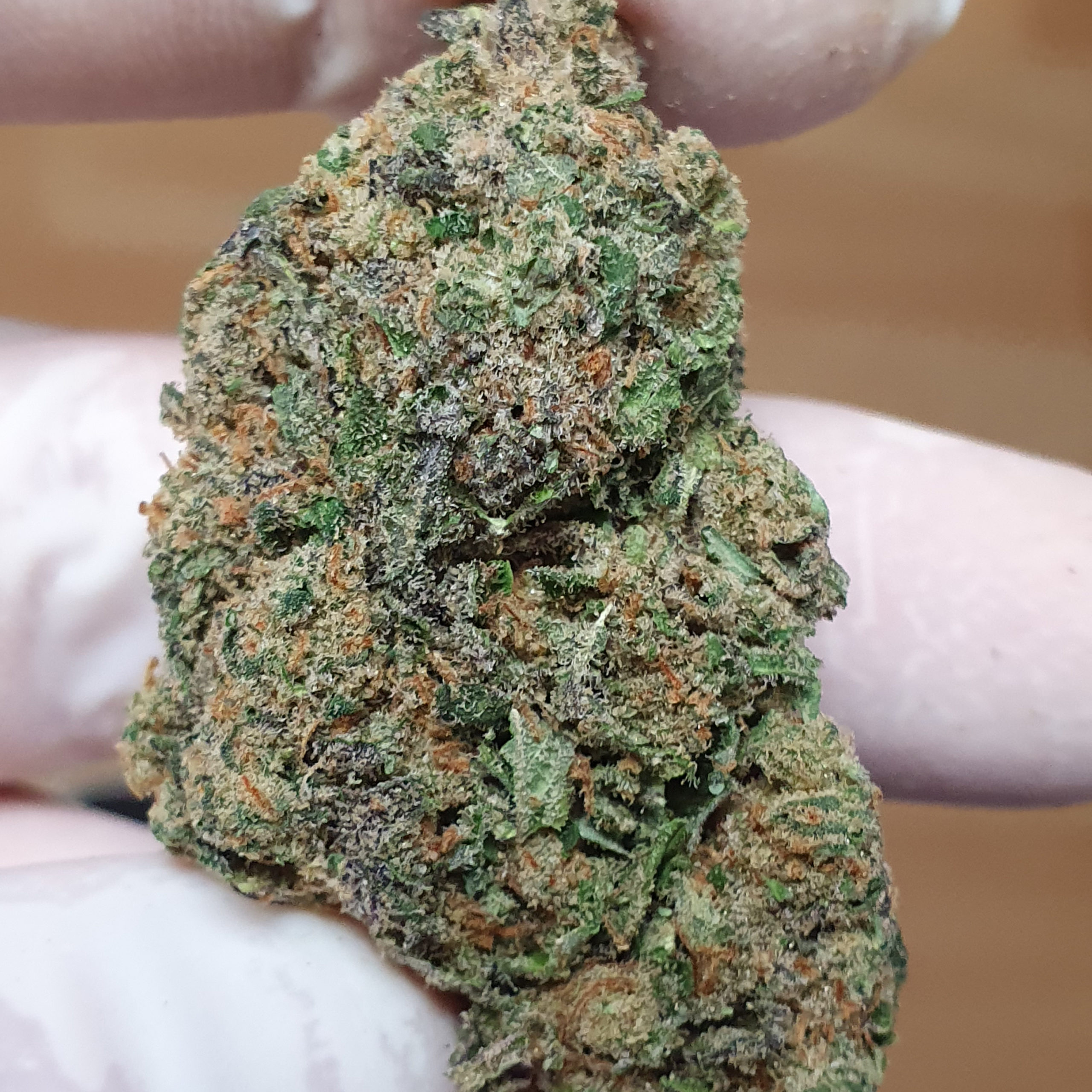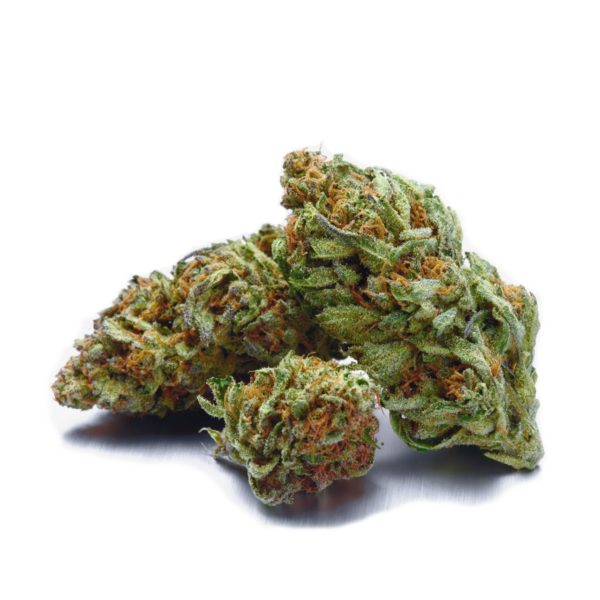Learn more about the legendary baobabs in the Tarangire…
The morning is windy. The immense skies and surrounding landscape intoxicate in their quiet enormity. I am behind the wheels of a Land Cruiser in the Tarangire National Park.
On this day, I find myself in the company of a few acquaintances, battling the discomfort of the tsetse fly infested bush in the park (visitors to the park are advised to wear long-sleeved shirts at all times).
And then after a short drive in the park, we see the baobabs. The baobab tree is a common feature of the Tarangire National Park. Our guide tells us that in Madagascar and Senegal, there are special beliefs tied to baobas among the locals, while in northern Australia they attract tourists.
Interesting debate and disagreements ensue over the baobab tree, which is probably more controversial than all of the continent’s famous trees combined. Personally, I am awed by the enormous thick trunk that strides up from the earth; the bark that looks wrinkled like the skin of an elephant, and the branches with their long arms, extending to spiny fingers.
Old trees are covered in patches of leaves, while the younger ones are sparsely decorated. The fruit, bouille, dangles from the branches on long vines.
The baobab’s omnipresence, however, does not lessen the magic that each tree seems to hold.

Moments of reflection
I have had intimate moments of reflection, in my past visits here, close to these mighty trees. I have come close to finding great herds of wildlife. They are wondrous and they have touched me in a special way, and this visit is dedicated to get more insight into the kind of deep spiritual impact that an African experience has on the trees.
Our guide further tells us, the baobab is highly regarded by African people because of all of its parts that can be used in different ways. Besides being an important source of timber, the trunks are often hollowed out by people who use them for shelter, grain storage or as water reservoirs. The hollowed trunks also serve as burial sites. And some of the most important products come from the bark of the tree, which contains a fibre that is used to make fishnets, cords, sacks and clothing.
The bark can also be ground into a powder for flavouring food. The leaves were traditionally used for leavening, but are also used as a vegetable.
Its fruits and seeds are also edible for humans and animals. The pulp of the fruit, when dried and mixed with water, makes a drink that tastes similar to lemonade.
The seeds, which taste like cream of tartar and are a valuable source of vitamin C, were traditionally pounded into meal when other food was scarce. Other products such as soap, necklaces, glue, rubber, medicine and cloth can be produced from the various parts of the baobab tree.
Not only that.
The baobab tree serves as a meeting place for many people in African villages to discuss community matters, relate the news of the day, or tell stories. It is also considered to be an object of worship by the people of the African Savannah.
Religious beliefs and practices in Africa have played a role in raising the baobab tree to a level of sacredness. Its ability to survive long periods of time without water, its usefulness and its extremely long-life might be some possible reasons the people of the African Savannah have worshipped the baobab. One particular way the baobab tree has been used as a religious object is as a burial chamber.
In some parts of Africa, the bodies of certain important individuals are placed in a hollowed-out trunk of the baobab tree to symbolize the communion between the vital forces of the plant foods and the body of the dead. As we drive further into the park, I become dizzy with the choice of baobabs in front of me, each seeming bigger than the last while some sheltering different animals such as elephants, lions, zebras, wildebeest and so on.
I can still listen closely enough to hear the wind rustling through the tree’s thousands of lives. I imagine that it is the whispers of the living secrets of the park.
Then on our last sighting our guide drives us to the quieter parts of the park where one of the landmarks and a-must-see-area in the park is found – the poacher’s hideout, a hollow huge baobab tree named for obvious reasons.
Before the park was gazetted to become a national park in 1970, the area was popular among rhino hunters and poachers, we are told.

Un avis consommateur, ou avis client, désigne un élément d’appréciations et commentaires donnés par les acheteurs sur un produit ou un service, que ce soit sur un critère particulier ou la globalité de l’offre. Ces opinions reflètent le niveau de satisfaction de la clientèle.
Vous pouvez consulter les avis clients du site du laboratoire Biologiquement en suivant ce lien : avis biologiquement.shop
C’est la note que nos clients nous donne actuellement. Merci pour votre confiance !










